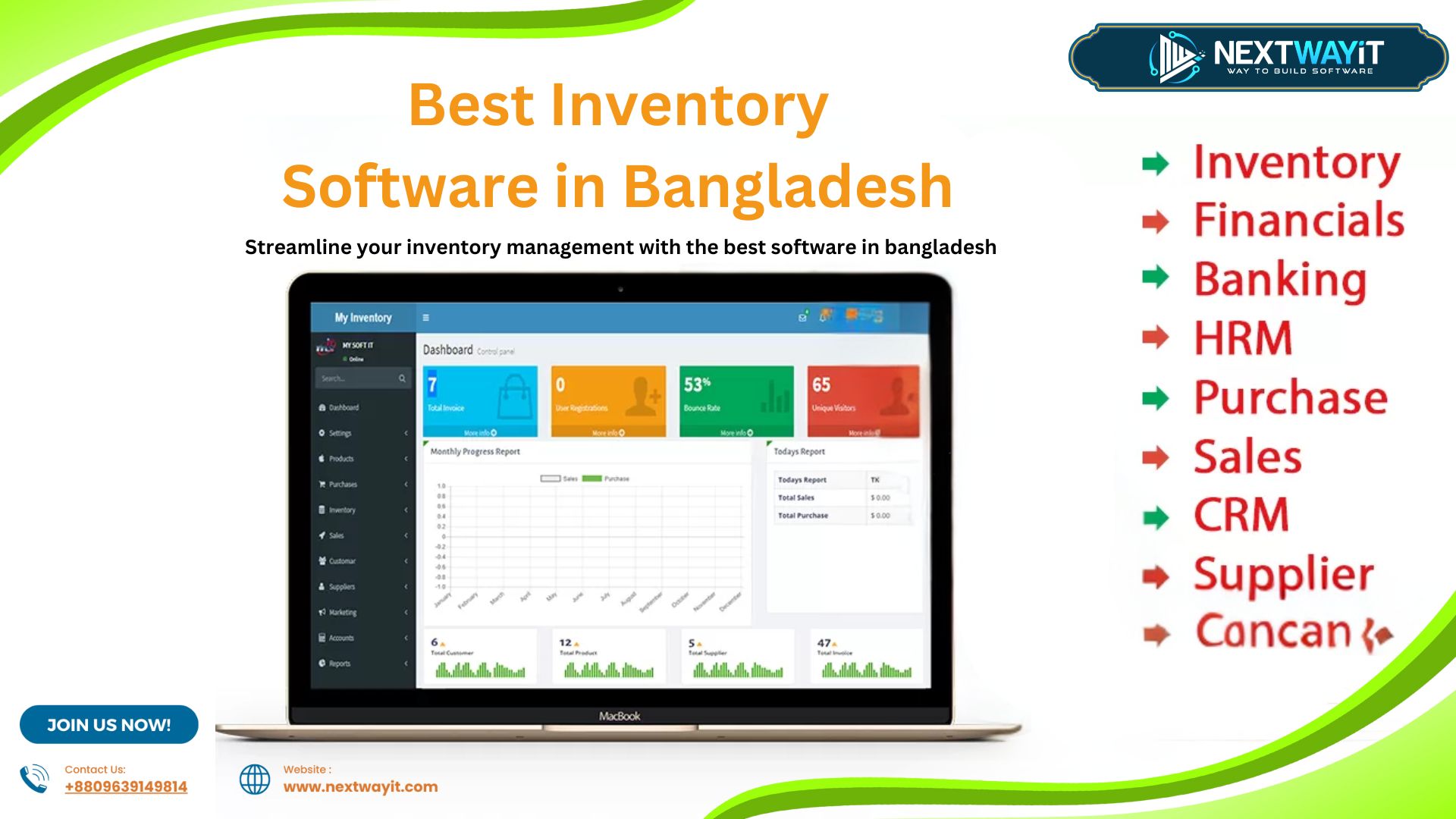
Advance Web Design and Development Services: Crafting Your Digital Presence
In this article, we’ll explore Advance Web Design and Development Services. In today’s digital age, having a strong online presence is crucial for businesses of all sizes. Whether you’re a startup, a small business, or a large corporation, effective web design and development services are essential for establishing and maintaining your brand identity on the internet. But what exactly do these services entail, and why are they so important?
Understanding Web Design and Development
Web design and development encompass the process of creating, designing, and maintaining websites. It involves various elements such as layout, visual appearance, content creation, and functionality to ensure a seamless user experience. Professional web design and development services combine creativity with technical expertise to build websites that not only look appealing but also perform optimally.
Importance of Professional Services
While DIY website builders may seem like a convenient option, they often lack the customization and functionality required for business success. Professional web design and development services offer a range of benefits, including customization, scalability, and ongoing support. By investing in professional services, businesses can ensure their websites stand out in a crowded online landscape and effectively engage their target audience.
The Process of Web Design and Development
Initial Consultation
The initial consultation is where the client and the web design team discuss project requirements, goals, and objectives. This phase involves gathering information about the client’s business, target audience, branding guidelines, and desired features for the website.
Planning and Strategy
During the planning and strategy phase, the web design team creates a roadmap for the project. This includes defining project milestones, establishing timelines, allocating resources, and outlining the overall strategy for design and development.
Exploring the Design Phase
Wireframing: Building the Blueprint
In the design phase, one crucial step is wireframing, where designers create a blueprint or skeletal framework of the website’s layout and structure. Think of it as the architectural plan for your digital space. Wireframes outline the placement of key elements such as navigation menus, content sections, and call-to-action buttons, providing a visual guide for the development team and stakeholders.
Visual Design: Bringing Creativity to Life
Once the wireframes are approved, it’s time to breathe life into them through visual design. This is where the artistic flair of designers shines as they infuse the website with colors, typography, imagery, and other visual elements. The goal is to create a visually appealing interface that not only aligns with the client’s brand identity but also enhances user engagement and interaction.
Exploring the Development Phase
Front-end Development: Crafting User-Friendly Interfaces
Front-end development focuses on the client-side or user-facing aspects of the website. Front-end developers translate the visual design into interactive web pages using HTML, CSS, and JavaScript. Their primary objective is to ensure the website is responsive, accessible, and user-friendly across various devices and browsers.
Back-end Development: Building the Foundation
While front-end development deals with the presentation layer, back-end development focuses on the behind-the-scenes functionality that powers the website. Back-end developers work with server-side technologies such as databases, server scripts, and application frameworks to handle data processing, user authentication, content management, and other essential tasks.
Ensuring Quality through Testing and Launch
Testing: Ironing Out the Wrinkles
Before a website goes live, it undergoes rigorous testing to identify and address any bugs, errors, or performance issues. This includes functionality testing, compatibility testing across different devices and browsers, usability testing to ensure intuitive navigation, and security testing to protect against vulnerabilities.
Launch: Going Live
Once the website has passed the testing phase and received approval from the client, it’s time to launch it into the digital realm. This involves deploying the website to a web server, configuring domain settings, setting up analytics tracking, and ensuring everything is in place for a smooth transition from development to production.
Understanding the Types of Web Design and Development Services
Responsive Design: Adapting to Change
Responsive design is a fundamental aspect of modern web development, ensuring that websites adapt seamlessly to various screen sizes and devices. Whether users are browsing on a desktop computer, a smartphone, or a tablet, responsive websites adjust their layout and content to provide an optimal viewing experience, thereby enhancing user satisfaction and retention.
E-commerce Development: Facilitating Online Transactions
E-commerce development focuses on creating online stores that enable businesses to sell products and services directly to consumers over the internet. From product catalogs and shopping carts to payment gateways and order management systems, e-commerce websites provide a platform for seamless online transactions, empowering businesses to reach a global audience and drive revenue.
Content Management Systems (CMS): Empowering Content Creators
Content management systems (CMS) are software platforms that enable users to create, manage, and publish digital content without the need for specialized technical skills. Popular CMS platforms such as WordPress, Drupal, and Joomla offer a user-friendly interface, robust features, and a vast ecosystem of plugins and themes, making it easy for businesses to maintain and update their websites with fresh content regularly.
Custom Web Applications: Tailoring Solutions to Fit
Custom web applications are bespoke software solutions designed to address specific business needs and requirements. Whether it’s a customer relationship management (CRM) system, a project management tool, or an inventory management system, custom web applications are built from the ground up to streamline business processes, enhance productivity, and deliver tangible value to users.
Benefits of Professional Web Design and Development Services
Customization and Flexibility: Tailoring Solutions to Your Needs
One of the primary advantages of professional web design and development services is the ability to customize and tailor solutions to meet the unique needs and goals of each client. From the design aesthetics to the functionality and features, every aspect of the website can be tailored to reflect the client’s brand identity, target audience, and business objectives, thereby creating a truly bespoke digital experience.
User Experience and Interface Design: Focusing on the User
In today’s digital landscape, user experience (UX) plays a pivotal role in the success of a website. Professional web designers prioritize usability, accessibility, and user engagement, crafting intuitive navigation, clear calls-to-action, and visually appealing interfaces that delight users and keep them coming back for more.
Search Engine Optimization (SEO): Climbing the Ranks
Search engine optimization (SEO) is essential for improving a website’s visibility and ranking on search engine results pages (SERPs). Professional web design and development services incorporate SEO best practices such as keyword optimization, meta tag optimization, mobile responsiveness, site speed optimization, and structured data markup to ensure maximum visibility and exposure in organic search results, driving targeted traffic and potential leads to the website.
Technical Support and Maintenance: Keeping Things Running Smoothly
Once a website is live, it requires ongoing maintenance, updates, and technical support to ensure optimal performance, security, and reliability. Professional web design and development services offer comprehensive support and maintenance plans, including regular backups, security patches, software updates, and troubleshooting assistance, to keep the website running smoothly and efficiently over time.
How to Choose the Right Web Design and Development Service
Assessing Experience and Expertise: Look for a Track Record of Success
When selecting a web design and development service, it’s essential to assess the company’s experience, expertise, and track record of success in your industry. Look for testimonials, case studies, and client references that demonstrate their proficiency, reliability, and ability to deliver results.
Reviewing Portfolio and Case Studies: Evaluate Past Work
Reviewing the portfolio and case studies of a web design and development service can provide valuable insights into their design style, technical capabilities, and quality of work. Pay attention to projects similar to yours and evaluate the design aesthetics, functionality, and user experience to determine if they align with your vision and objectives.
Evaluating Pricing and Packages: Consider Value Over Cost
While cost is an important factor, it’s essential to evaluate pricing and packages based on the value offered rather than solely on the price. Consider factors such as features, functionality, support, scalability, and long-term ROI when comparing quotes from different providers to ensure you’re investing in a solution that meets your needs and delivers tangible results.
Seeking Client Testimonials and Reviews: Listen to the Voice of Experience
Client testimonials and reviews provide valuable insights into the reputation, reliability, and customer satisfaction of a web design and development service. Reach out to past clients or look for reviews on third-party platforms to get a sense of the company’s professionalism, communication, and overall client experience before making a decision.
Conclusion
In conclusion, web design and development services play a pivotal role in shaping the digital presence of businesses and organizations in today’s interconnected world. From creating visually stunning websites that captivate audiences to developing robust and intuitive web applications that streamline business operations, professional web design and development services offer a range of benefits, including customization, user experience optimization, search engine visibility, and ongoing support.
By understanding the process of web design and development, exploring the different types of services available, and following best practices for selecting the right service provider, businesses can ensure they have the tools.



